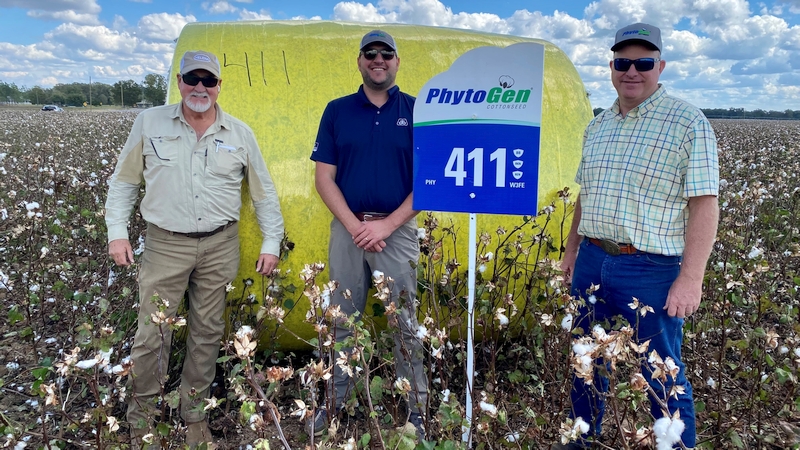Protect Your Profits: Take Advantage of Herbicide Incentive Programs
As 2014 begins, it’s clear that cotton growers will be looking for cost-cutting efficiencies to help them remain productive and profitable, regardless of acreage and/or market prices. Our Cotton Grower editors recently outlined five topics to help growers protect their profits. Topic number three: use herbicide incentive programs to your advantage.
Hidden in all the data that emerged from USDA’s 2013 Cotton Varieties Planted Report was one telling fact about weed management among United States cotton producers.
By far, varieties containing Roundup Ready trait technology are the most popular, most planted lines in the United States. Of the 10 most planted varieties in the nation in 2013, each featured Roundup Ready Flex technology. Those ten varieties alone accounted for nearly half of the cotton acres planted in the U.S. in 2013.
Subsequently, if you grew cotton in 2013, there’s a good chance that you qualify for Monsanto’s Roundup Ready PLUS Weed Management Solutions platform. It appears many American cotton producers are already taking full advantage. According to Monsanto, over 60,000 U.S. farmers participated in the Roundup Ready PLUS Weed Management Solutions platform in 2012.
Growers who plant seed with Roundup Ready Flex technology qualify for the program, which offers rebates and financial incentives to growers using qualifying herbicides. The idea, according to Monsanto representatives, is to encourage growers to diversify their weed management programs in order to stifle herbicide resistance and preserve existing technologies.
“A lot of guys are really seeing the benefit of going back to a residual herbicide program, and really seeing what those different modes of action have to offer,” said Monsanto Weed Management TDR John Everitt. “Really, they’re kind of going back in time, if you will, to a time when we used to use a lot of those residuals. Those growers are realizing that it can be a very successful and effective means of combatting this resistance that we’re seeing. Plus they’re getting a little money back in their pockets.”
As glyphosate resistance has spread throughout the Cotton Belt, the company has tailored the platform to fit specific regions of the country. The program has proven so popular that Monsanto has again expanded its reach for 2014. For the first time, producers in Arizona will qualify to receive rebates when participating in the program.
“The deal with Arizona is that we saw a need there as they developed a little bit of resistance in certain areas. They had a bit of the resistant pigweed start popping up,” said Everitt. “Their Arizona cotton growers’ group contacted us and asked us what we could do to help with the problem they were having, and we offered up these incentives to go back and start using some more of these residual-type herbicides.”
Although tens of thousands of cotton producers have taken advantage of the program since it begin, countless more qualify for the program and don’t take full advantage of it. Monsanto representatives encourage those curious about the program and the rebates they may qualify for to visit the Roundup Ready PLUS website for a full list of incentives for 2014.
Texas cotton producers in Everitt’s area have shown increased interest in the platform this off-season.
“I’ve heard several guys that are calling me now trying to make plans for next year, and every one of them has said that a yellow herbicide – Prowl or Treflan, or whatever else – is going to be the base for their herbicide program in 2014,” Everitt said. “To me, that’s the first step in the right direction, and that’s the type of thing we’re trying to encourage them to do.”









